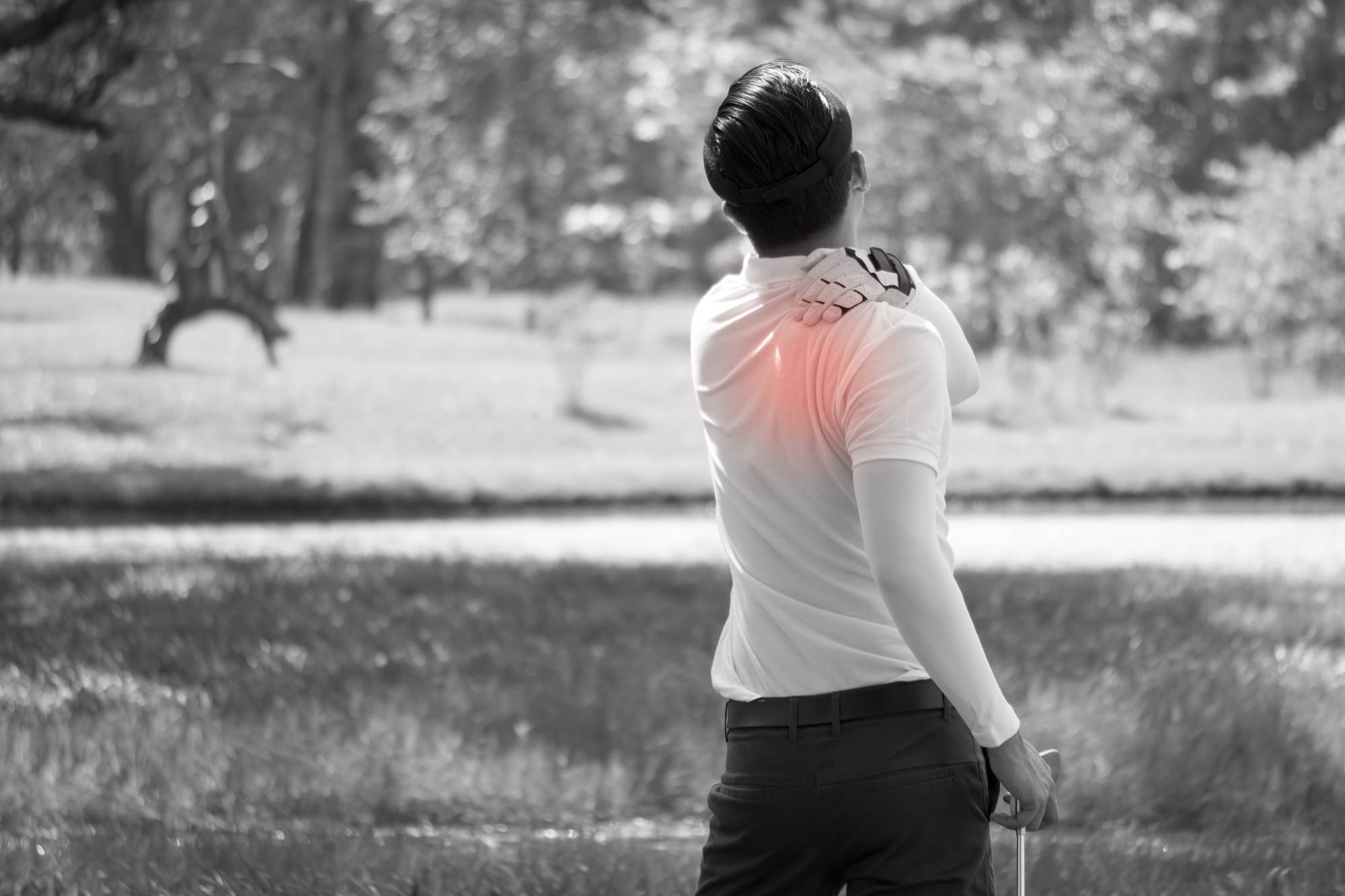Myofascial pain syndrome (MPS) is a prevalent musculoskeletal pain disorder characterized by the presence of hypersensitive nodules in taut bands of skeletal muscle known as trigger points (TrPs).i In the clinical setting, TrPs are diagnosed and quantified by manual palpation alone, a non-objective method that may lead to inaccurate diagnoses.ii Recent studies exploring the use of ultrasound imaging and computational modeling of ultrasound data in quantitively analyzing TrPs aid our understanding of their pathophysiology and may lead to more precise methods of TrP diagnosis.
Diagnostic ultrasound imaging is a versatile medical technique whose functions range from monitoring the development of a fetus to producing images of the heart, muscles, blood vessels, and other organs.iii Sikdar et al. used three types of ultrasound imaging techniques to obtain quantitative characterizations of TrPs.iv On 2D grayscale imaging, both active and latent TrPs displayed reduced echogenicity and received a significantly higher “tissue imaging score” than normal myofascial tissue, confirming the conventional understanding of TrPs as discrete regions of stiff muscle situated among normal muscle sites. Vibration sonoelastography likewise revealed the precise location and size of TrPs, since regions of stiffer tissue vibrate with lower amplitude than normal surrounding tissue. Finally, by using Doppler ultrasound and analyzing the blood flow waveform, the team discovered that arteries running through active TrPs have a resistive index – defined as (peak systolic velocity – lowest diastolic velocity) / peak systolic velocity – below 1. This indicates high resistance flow with retrograde diastolic flow in those arteries, which the authors attribute to sustained blood vessel contracture typically found at TrPs.
Expanding on their earlier study, Sikdar et al. also developed a computational model to deduce the physiological origin of the blood flow waveforms observed for arteries near TrPs.v They implemented a lumped parameter model, which, when applied to hemodynamics, uses electric circuit analogs of the cardiovascular system to model flow resistance and potential difference in order to replicate blood pressure.vi The model included two vascular paths: an artery in proximity to a TrP, which was assigned a larger vascular volume and higher outflow resistance, and an artery outside a TrP, which contained typical vascular volume and outflow resistance. These two variables were adjusted throughout the simulation to model different scenarios and were used to solve for blood outflow and inflow. When plotted, the waveforms for both vascular paths matched the corresponding waveforms detected using Doppler ultrasound in the previous study, indicating that the parameters chosen for the model (larger vascular volume and higher outflow resistance) contribute to the TrP-associated waveforms. The authors speculate that muscle contracture at the TrP causes increased outflow resistance and the presence of inflammatory mediators at the TrP triggers vasodilationvii; both theories, if correct, would greatly expand our understanding of TrP pathophysiology.
In addition to Sikdar et al., other groups have also explored the applications of ultrasound to TrPs. Turo et al. subjected ultrasound images of TrPs to entropy analysis, which determines the heterogeneity of a region of tissue, and found that TrPs presented much lower entropy than normal muscle sites. viii Cojocaru et al. paired ultrasound images with thermography and suggest that, when used in conjunction, the two methods could improve TrP diagnosis and help determine the most effective treatments.ix Regardless of its exact application, ultrasound data promises to provide valuable quantitative insights into TrP physiology, leading the way for more accurate diagnoses and better patient outcomes.
References
1. “Myofascial Pain Syndrome.” Mayo Clinic, Mayo Foundation for Medical Education and Research, 10 Oct. 2019, www.mayoclinic.org/diseases-conditions/myofascial-pain-syndrome/symptoms-causes/syc-20375444.
2. Srbely, John Z, et al. “A Narrative Review of New Trends in the Diagnosis of Myofascial Trigger Points: Diagnostic Ultrasound Imaging and Biomarkers.” The Journal of the Canadian Chiropractic Association, vol. 60, no. 3, Sept. 2016, pp. 220–225.
3. “Ultrasound.” National Institute of Biomedical Imaging and Bioengineering, U.S. Department of Health and Human Services, July 2016, www.nibib.nih.gov/science-education/science-topics/ultrasound.
4. Sikdar, Siddhartha, et al. “Novel Applications of Ultrasound Technology to Visualize and Characterize Myofascial Trigger Points and Surrounding Soft Tissue.” Archives of Physical Medicine and Rehabilitation, vol. 90, no. 11, 2009, pp. 1829–1838., doi:10.1016/j.apmr.2009.04.015.
5. Sikdar, Siddhartha, et al. “Understanding the Vascular Environment of Myofascial Trigger Points Using Ultrasonic Imaging and Computational Modeling.” 2010 Annual International Conference of the IEEE Engineering in Medicine and Biology, 2010, doi:10.1109/iembs.2010.5626326.
6. Francis, Said Elias. “Continuous Estimation of Cardiac Output and Arterial Resistance from Arterial Blood Pressure Using a Third-Order Windkessel Model.” Master’s Thesis, Massachusetts Institute of Technology, Department of Electrical Engineering and Computer Science, 2007.
7. Shah, Jay P., et al. “Biochemicals Associated With Pain and Inflammation Are Elevated in Sites Near to and Remote From Active Myofascial Trigger Points.” Archives of Physical Medicine and Rehabilitation, vol. 89, no. 1, 2008, pp. 16–23., doi:10.1016/j.apmr.2007.10.018.
8. Turo, D., et al. “Ultrasonic Tissue Characterization of the Upper Trapezius Muscle in Patients with Myofascial Pain Syndrome.” 2012 Annual International Conference of the IEEE Engineering in Medicine and Biology Society, 2012, doi:10.1109/embc.2012.6346938.
9. Cojocaru, MC, et al. “Trigger Points – Ultrasound and Thermal Findings.” Journal of Medicine and Life, vol. 8, no. 3, July 2015, pp. 315–318.
